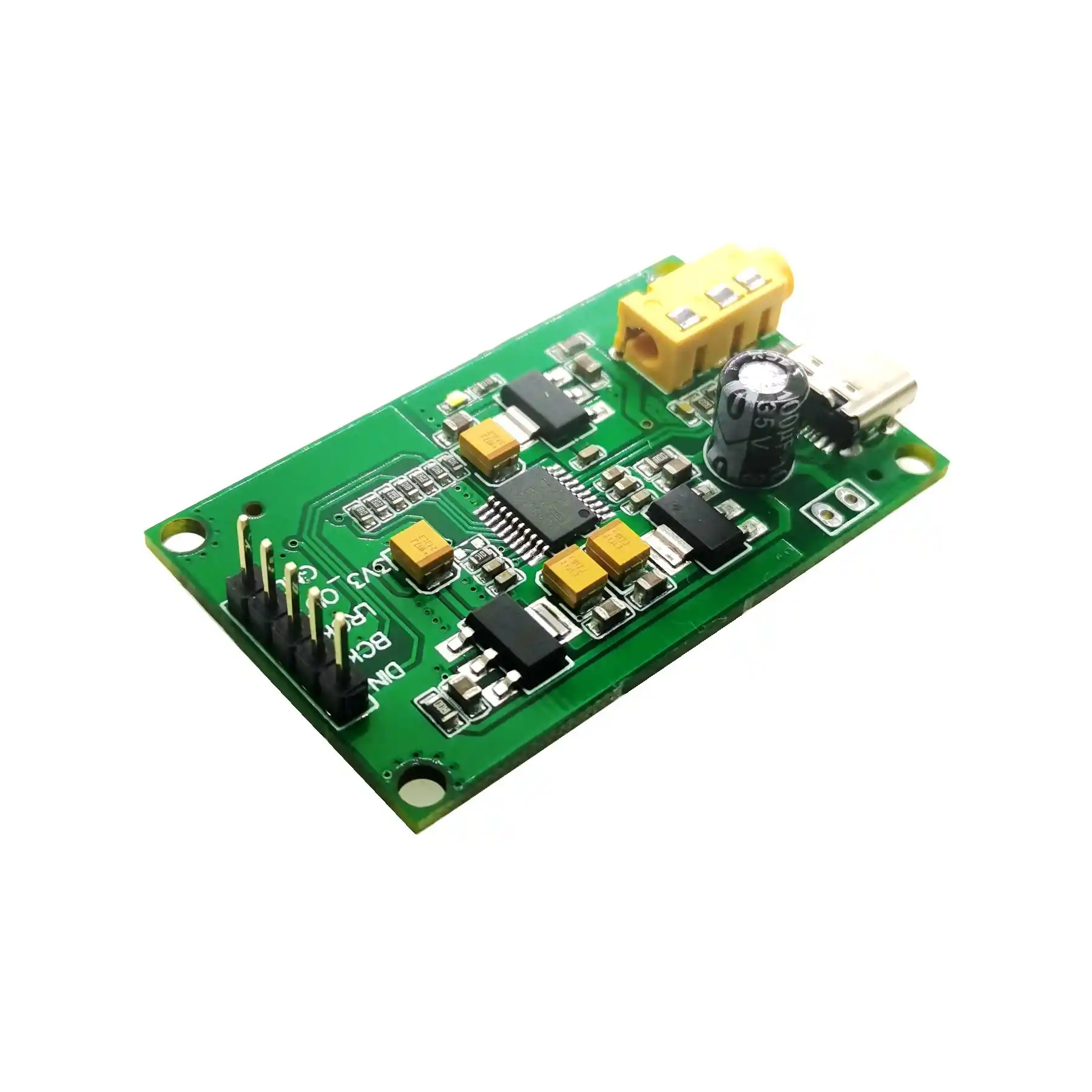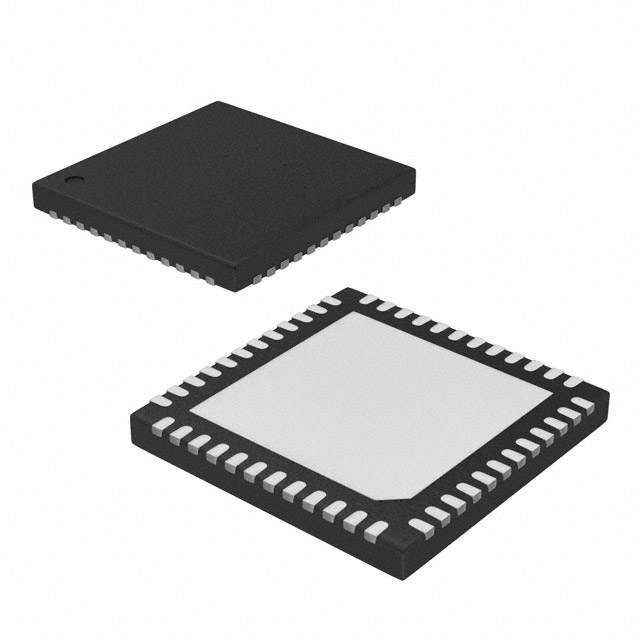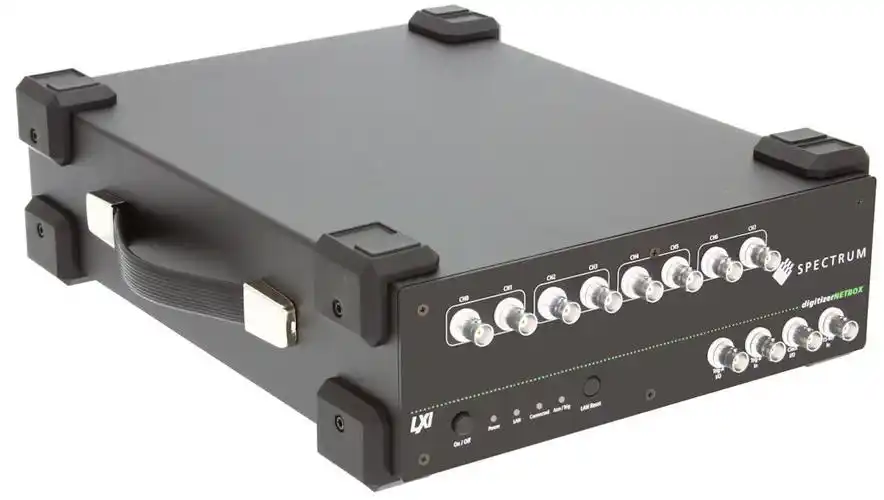Analog to Digital Converters (ADC) Chips: Bridging the Gap Between the Analog and Digital Worlds
In the rapidly advancing world of electronics, the transition from analog signals to digital formats is essential for modern systems. Analog to Digital Converters (ADC) chips play a crucial role in this process by converting real-world analog signals, such as temperature, pressure, or sound, into digital signals that can be processed by microcontrollers and other digital devices. In this blog, we will explore the importance of ADC chips, their various types, applications, and benefits, shedding light on why they are fundamental components in a wide range of industries.

What is an Analog to Digital Converter (ADC)?
An Analog to Digital Converter (ADC) is an electronic component that transforms continuous analog signals (which vary over time) into discrete digital values. The ADC samples the input analog signal at specific intervals and converts each sample into a binary representation, which can then be processed by digital systems, such as microcontrollers, digital signal processors (DSPs), or computers.
ADCs are essential in applications where the real-world, continuous signals need to be interpreted by digital devices. For example, in a temperature sensor, the sensor outputs an analog voltage based on the ambient temperature. An ADC is used to convert this voltage into a digital signal that can be understood by a microcontroller or a computer.
Key Functions of ADC Chips
Sampling: The ADC periodically samples the analog signal to capture its value at specific time intervals. The frequency at which the ADC samples the signal is known as the sampling rate.
Quantization: After sampling, the ADC converts the signal's continuous voltage value into a finite set of discrete values, known as quantization. This process represents the signal as a digital number.
Encoding: Finally, the ADC encodes the quantized values into a binary format (such as 8-bit, 10-bit, or 12-bit binary), allowing it to be read and processed by a digital system.
Types of ADC Chips
ADC chips come in various types, each offering different features to meet the specific needs of various applications. The choice of ADC type depends on factors such as resolution, speed, power consumption, and cost. Below are the most commonly used ADC types:
1. Successive Approximation ADC (SAR ADC)
The Successive Approximation ADC is one of the most widely used types of ADCs. It converts an analog signal into a digital value through a binary search algorithm. The SAR ADC compares the input signal with a reference voltage in a series of steps, narrowing down the possible digital value through successive approximation.
- Advantages: High resolution, relatively fast conversion speed, and low power consumption.
- Applications: Suitable for medium-speed applications requiring moderate to high resolution, such as in instrumentation and measurement systems.
2. Delta-Sigma ADC
The Delta-Sigma ADC (also known as Σ-Δ ADC) is known for its high accuracy and high resolution. It works by oversampling the input signal and applying noise shaping techniques to filter out unwanted signals.

- Advantages: High resolution and accuracy, excellent for precision measurements.
- Applications: Used in high-performance applications such as audio conversion, industrial sensors, and audio recording equipment.
3. Flash ADC
The Flash ADC is one of the fastest ADC types, providing extremely rapid conversions. It uses a parallel approach, where multiple comparators are used to compare the input signal with a set of reference voltages all at once.
- Advantages: Very fast conversion speed, typically used in high-frequency applications.
- Applications: Suitable for high-speed data acquisition systems, oscilloscopes, and real-time signal processing.
4. Pipeline ADC
The Pipeline ADC combines features from both SAR and Flash ADCs, offering a good balance of speed and resolution. It uses multiple stages of conversion, allowing for high-speed conversion while maintaining moderate resolution.
- Advantages: High-speed operation with moderate resolution, ideal for medium- to high-speed applications.
- Applications: Used in communication systems, digital signal processing, and video processing.
Applications of ADC Chips
ADC chips are utilized in a variety of industries and applications, making them a vital component in modern electronics. Here are some of the primary areas where ADCs are employed:
1. Sensor Systems
Sensors, which measure physical quantities such as temperature, pressure, and light, often produce analog signals that need to be converted into digital data for processing. ADCs are used in these sensor systems to convert the analog signals into digital values that can be interpreted by microcontrollers or other digital systems.
- Temperature Sensors: Temperature sensors such as thermocouples or RTDs produce an analog voltage that correlates to temperature. An ADC converts this signal to a digital value that can be processed and displayed by a system.
- Pressure Sensors: Pressure sensors output a voltage proportional to the pressure they are measuring. ADCs convert this analog signal into a digital value for real-time monitoring.
2. Audio and Video Processing
In the fields of audio and video, ADCs are used to digitize analog signals such as sound and images, which can then be processed, transmitted, or stored. The digital representation allows for easy manipulation and transmission over digital systems.
- Audio ADCs: Audio ADCs are used in applications like digital audio recorders, microphones, and audio interfaces. They convert analog sound waves into digital signals for processing or playback.
- Video ADCs: In digital cameras and video capture devices, video ADCs convert the analog output of image sensors into digital data that can be stored and processed for video production or transmission.
3. Communication Systems

In communication systems, ADCs are used in radio receivers, signal processing, and data conversion. These systems require precise and fast conversion of analog signals to digital, especially in high-frequency applications.
- Software-Defined Radios (SDR): SDR systems rely on ADCs to convert radio frequency signals into digital data that can be processed by software. This enables flexibility in communication protocols and frequencies.
- Data Acquisition Systems: ADCs are used in systems that gather and process signals from various sensors for monitoring or controlling industrial processes, environmental conditions, or scientific experiments.
4. Medical Devices
Medical devices often require accurate and high-speed analog-to-digital conversions to monitor vital signs or record data. ADCs are found in devices such as electrocardiograms (ECGs), pulse oximeters, and diagnostic imaging equipment.
- ECG Monitors: ECG machines measure the electrical activity of the heart, producing an analog signal. An ADC converts this signal into digital data for analysis and display.
- Pulse Oximeters: Pulse oximeters measure the oxygen saturation levels in blood, and ADCs are used to digitize the sensor output for display and monitoring.
Advantages of ADC Chips
ADC chips offer several advantages that make them indispensable in modern electronics:
1. Accuracy and Precision
ADCs enable accurate and high-resolution measurements, providing precise digital representations of analog signals. This is crucial in applications where small variations in the input signal must be detected, such as in medical instrumentation and scientific measurements.
2. Flexibility
With various types of ADCs available, designers can select the chip that best fits their specific needs based on factors such as resolution, speed, power consumption, and accuracy. This flexibility allows for custom solutions across diverse industries.
3. Ease of Integration
ADC chips are widely available and can be easily integrated into systems with microcontrollers, sensors, or signal processors. Their small form factor and low power consumption make them suitable for compact and portable devices.
4. Cost-Effectiveness
Compared to older conversion methods, modern ADCs are cost-effective while providing high performance, making them accessible for a broad range of applications, from consumer electronics to industrial systems.
Conclusion
Analog to Digital Converters (ADC) chips are vital components that bridge the gap between the analog and digital worlds. By converting analog signals into digital data, ADCs enable electronic systems to process and interpret real-world information. From sensors and audio processing to communication systems and medical devices, ADCs are used across industries to enhance the performance, accuracy, and reliability of modern technology.
As the demand for faster, more efficient, and more accurate systems continues to grow, the role of ADC chips in digital electronics will only become more significant. With the right ADC chip, engineers can develop innovative solutions that meet the needs of various applications, from industrial control systems to cutting-edge consumer electronics.
If you're looking for high-performance ADC chips for your next project, our company offers a wide range of options to suit your specific requirements. Contact us today to learn more about our ADC solutions and how we can help you integrate them into your designs.
About Us
MobikeChip offers a broad range of genuine electronic components from over 2,600 manufacturers at competitive prices. Our product portfolio includes Integrated Circuits (ICs), Discrete Semiconductor Products, Resistors, Capacitors, Relays, Switches, Transformers, Sensors, Transducers, Inductors, Coils, Chokes, Potentiometers, Variable Resistors, Crystals, Oscillators, Resonators, Connectors, Interconnects, Memory Cards, Modules, Fans, Thermal Management products, and more.
With 15 years of industry experience, MobikeChip is committed to providing exceptional quality and service. We believe in building lasting relationships with our clients. A handshake today ensures lifelong trust, and your satisfaction and confidence are our greatest motivations.
Category page:
Analog to Digital Converters (ADC)-Data Acquisition-Manufacturers-Dealer-MobikeChip
Reprinted from: https://www.mobikechip.com/static-blog-detail/84.html
Comments
Post a Comment